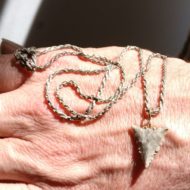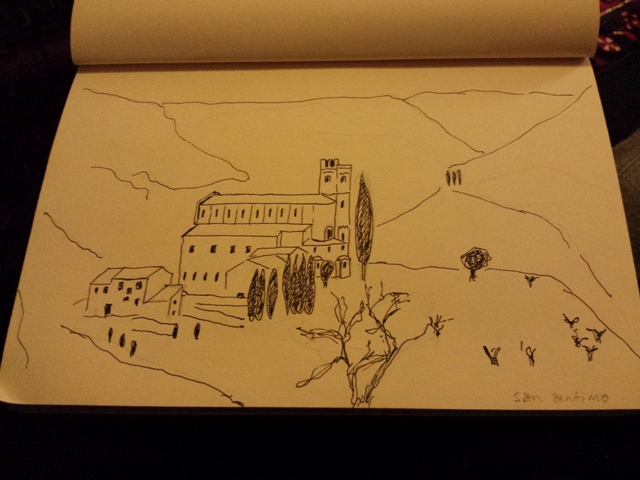I have noticed over the last 10 years when I have been involved in increasing amounts of voluntary work that I encountered a number of people who have been brought up in families where parents or grandparents were missionary workers. Statistically such people do not account for the large numbers but nevertheless it is quite clear that there is a relationship which I have avoided thinking that between what I might call “domestic aid work” and the missionary position so to speak.
So in what way is voluntary activity in the United Kingdom with disadvantaged groups to be considered akin to missionary work in, for example, Africa in the first half of the 20th century? There is the structural, a formal relationship, whereby embodying the kingdom of heaven on earth brings you quite organically into such a supporting role. The direct notion of conversion, of bringing the word of God to those living in darkness perhaps, is less valid but the practice of Christian values through voluntary charity can clearly be seen to have expression through earlier forms of missionary work.
More broadly than that relationship between the two, there is a sense in which the same inadequacies that we currently perceive in missionary work are being mirrored in contemporary (in)volunteering. One of the salient points in regards to missionary work is the notion that there is an implicit devaluing of an already coherent culture. Another, equally leveled at ethnographic writing, is that even ethically-based missionary work is a form of cultural extension (into the spiritual realm) of the material constraints of Empire and capitalism more broadly.
It is in this sense that contemporary voluntary activity might be placed. Just as the missionaries continued to place themselves in the path of those apparently in need of help volunteers deliberately place themselves to encounter such individuals and communities in the modern world. Not necessarily, though at times the case, preaching the word of any God, volunteers do embody complexes of ethical and political positioning which they wish to pass on, in the very basic sense of setting an example, demonstrating the value and existence of such action.
Despite the fact that the legal and political system is the one which, for example, leaves asylum seekers destitute for extended periods of time, voluntary action largely works to ameliorate conditions rather than challenging the status quo itself. There is indeed an implicit relationship between voluntary work and a form of socially acceptable pacifism or nonviolent action. It is unlikely that you would find yourself volunteering for a group committed to active destabilisation of a political regime.
So this doesn’t take me very far but Zizek’s point about charitable works being effectively part of the ideological framework within which cruelty and alienation are structurally embedded is borne out by an exploration of the relationship between missionary work and current volunteering practices.

